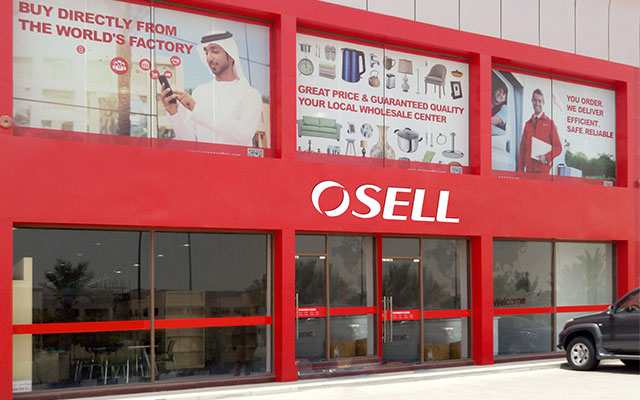Basic StructureConductor: It is the part of the wire and cable that is responsible for conducting current, usually made of copper or aluminum materials. Copper conductors have excellent conductivity and good oxidation resistance, but are more expensive; aluminum conductors are lightweight and cost-effective but have relatively lower conductivity and are prone to oxidation. The forms of conductors include single core, multi-core, and multi-stranded. Multi-stranded conductors are more flexible, suitable for mobile scenarios.Insulation Layer: Its main function is to prevent short circuits between conductors and ensure the safe operation of cables. Common insulation materials include PVC (polyvinyl chloride), XLPE (cross-linked polyethylene), and PE (polyethylene). XLPE insulation has excellent heat resistance and insulation properties, while PVC insulation is low-cost and flexible but has poor temperature resistance.Shielding Layer (optional): Generally made of materials such as copper mesh or aluminum foil, used to prevent external electromagnetic interference. Commonly found in control cables and communication cables, it ensures the stability and accuracy of signal transmission.Jacket Layer: Usually made of materials like PVC, rubber, or PE, it primarily provides external protection, making the cable abrasion-resistant, corrosion-resistant, and waterproof, thus protecting the internal structure of the cable from external environmental influences.Armored Layer (optional): Made of steel tape, steel wire, etc., primarily used to enhance the mechanical strength of the cable, increasing its resistance to external damages, suitable for underground or complex construction environments, such as direct burial underground, crossing rivers, etc.
Technical FeaturesElectrical Performance: High-quality wires and cables have good conductivity, which can reduce energy consumption; at the same time, their insulation performance is also very important. High-quality insulating materials can withstand high temperatures and are resistant to aging, ensuring the long-term safe operation of cables.Anti-Interference Capability: Shielded cables can effectively reduce electromagnetic interference, making them suitable for signal transmission or use in complex electromagnetic environments.Durability: Fire-resistant cables can maintain power supply during a fire; high-temperature-resistant cables can withstand environments above 200℃; some cables also have properties such as abrasion resistance, chemical corrosion resistance, and water resistance, enabling them to adapt to different harsh environments.Flexibility: Cables suitable for mobile use, such as RVV, have excellent bending performance and can be frequently bent in dynamic scenarios without damage.Application ScenariosHousehold Electricity: Commonly used cables like BV, BVR, etc., are employed for wiring in sockets, lighting, air conditioning, etc., providing power support for various electrical appliances in homes.Industrial Electrical Systems: Low-voltage power cables such as YJV and VV are used to supply power to equipment; KVV cables are used for equipment control; in some special industrial environments, special cables such as high-temperature-resistant cables, oil-resistant cables, and explosion-proof cables will also be used.Data Centers: RVVP communication cables, CAT6 network cables, etc., are used for high-speed data transmission for servers and communication equipment, ensuring stable operation of data centers.Outdoor Projects: Armored cables or waterproof cables are suitable for underground or underwater use, providing long-term weather resistance, such as underground cable laying in urban construction and underwater cable laying in hydraulic engineering.
Wen'an County Jingkun Cable Co., Ltd.
- Phone: +86 188-18831685333-5333
- Business Type: Manufacturer
- Location: China
- Main Products: Wires and cables
- Total Employees:Less than 100 people
- Year Established:
- Export Markets:
- Total Annual Revenue:


